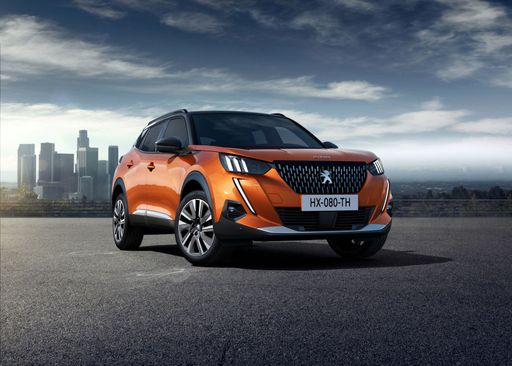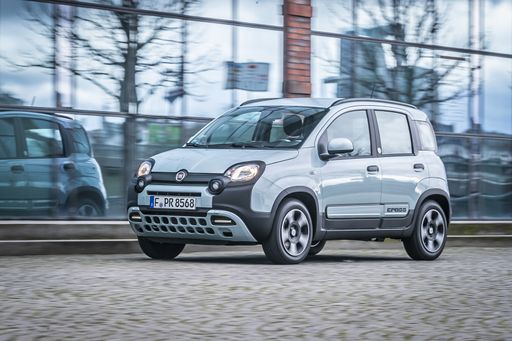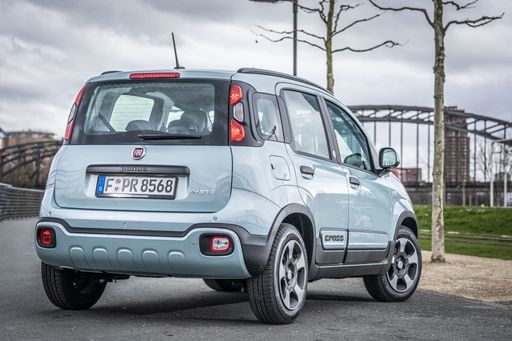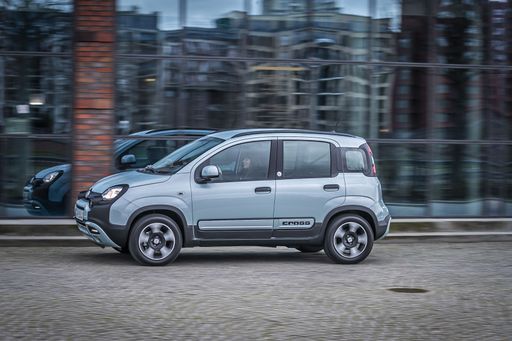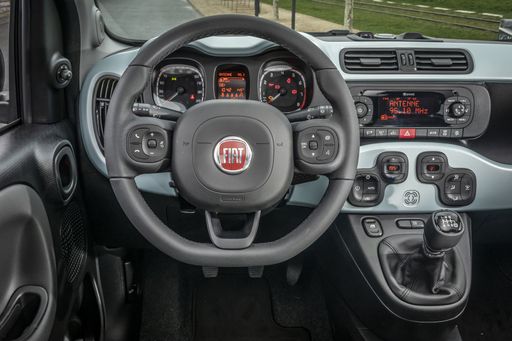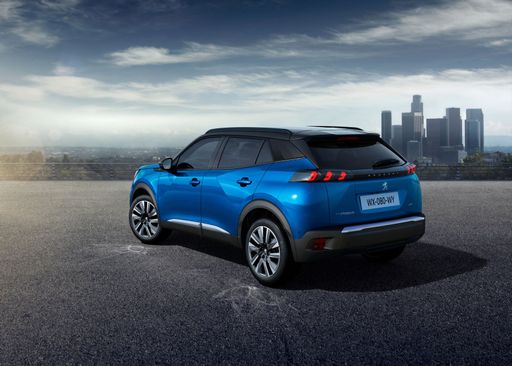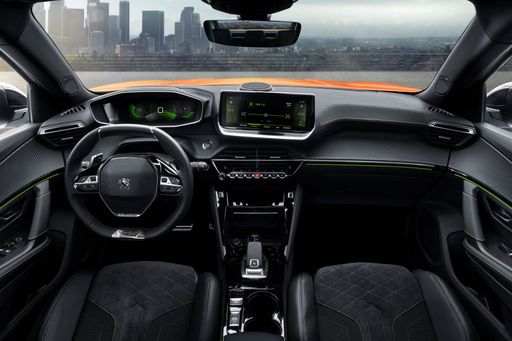Compact and Efficient: Fiat Panda vs. Peugeot 2008
The urban streets and rural roads can pose varied demands on a vehicle, and drivers often seek cars that can meet these challenges head-on. Both the Fiat Panda and the Peugeot 2008 have made a name for themselves in the compact car and SUV categories, respectively. Despite their differing classes, both models offer significant advantages for modern drivers. Let's take a closer look at how these vehicles stack up against each other in terms of technical prowess and innovation.

